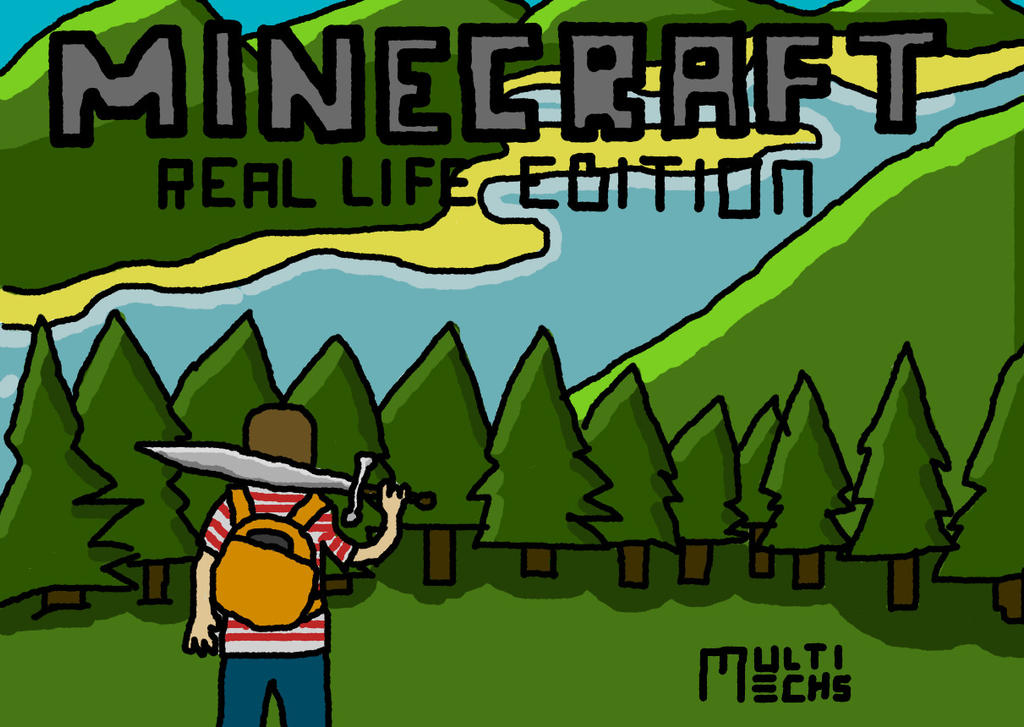There is also a great website with animations too. It is called PCItYourself. Somebody did a great job on the Flash animation and its much clearer than most of the Spec guides. If you want an idea of how much you can store on a PC. See the Seagate Guide.
Glossary of Terms
| Component | Explanation |
| CPU (Processor) | The part of the PC that does the thinking. The faster the better, but make sure you have enough memory for best performance. |
| Memory (RAM) | Think of this like your working memory. The computer needs this for what it needs to hand. If you do not have enough then the PC will slow down a lot. (It can use the harddisk, but this is a lot slower. 100,000 times slower than a normal HDD in fact.) |
| Hard Disk (HDD) | These come in two varieties, normal HDD and Solid State Drive (SSD). SSD is much more expensive, because it is a lot faster. They are measured in size by GB or TB (1TB equals 1024GB) |
| Operating System (OS) | Most consumers use either Microsoft Windows or Mac OS (Used only on Apple machines) There are other operating systems and Chrome OS is becoming popular. This operating system is designed to just be a Web-browser. However it is very simple to use and popular with education, because the laptops are very easy to maintain. More sophisticaed users may decide to use Linux, which is very flexible and allows you to change nearly any aspect of the opertaing system. |
| Graphics Card | If you want to play more graphically demanding games then you will need a seprate graphics card. |




